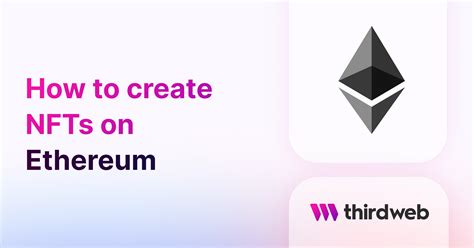Understanding Segwit 2x: Separating Fact from Fiction
The recent buzz surrounding Ethereum’s proposed
Segwit2x upgrade has left many users wondering about the differences between this updated version and its predecessor, Segwit. While both Segwit and Segwit 2x are designed to improve the scalability and usability of the Ethereum network, there are significant differences between them.
In this article, we will break down the key differences between Segwit and Segwit 2x, and explore their underlying principles and implications for the Ethereum ecosystem.
What is Segwit?
Segwit is a soft fork of the Ethereum blockchain that was released in April 2018. It introduced the ability to split the block size into multiple segments, allowing for better scalability and lower transaction fees. Segwit’s main goal was to improve the overall usability and performance of the network.
What is Segwit 2x?
Segwit 2x, also known as
Segwit2x, is an upcoming update that promises to take Ethereum’s scalability capabilities to the next level. The “2x” part refers to the second generation of the update, which introduces significant changes to the underlying architecture of the Ethereum network.
Key Differences Between Segwit and Segwit 2x
While both Segwit and Segwit 2x are based on the same basic principles as the previous versions, they differ in several important ways:
Block Size Allocation: The most notable difference is the introduction of block size allocation, which allows for more efficient use of space within each block. This allows the network to process a higher number of transactions per second (TPS) while maintaining its overall performance.
Transaction Ordering: Segwit 2x introduces a new transaction ordering mechanism that prioritizes certain types of transactions over others. This change aims to improve the efficiency and fairness of the network, especially in situations where multiple users are executing parallel transactions.
Optimization Techniques: The update leverages advanced optimization techniques to reduce memory usage within each block, further increasing scalability.
Improved Gas Fees: Segwit 2x is designed to minimize the impact on gas fees, making it more cost-effective for users to interact with the network.
Is Segwit2x different from Segwit?
In summary, while both Segwit and Segwit 2x share the same underlying principles as previous versions, their approaches to scaling and transaction processing differ. The main differences are in block size allocation, transaction scheduling, optimization techniques, and gas fee management.
Conclusion
As we move forward with the development of Segwit2x, it is important for users to understand these fundamental differences and how they will impact the Ethereum network. This will help us better prepare for this exciting update and ensure a smooth transition when it becomes available in the near future.
By investing time in understanding Segwit 2x, you will be well prepared to take advantage of the improved scalability and usability that this update promises to bring to the Ethereum ecosystem.